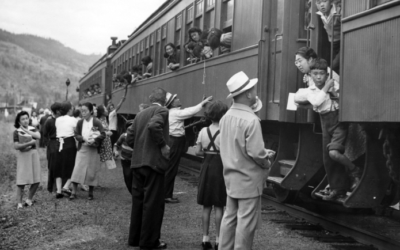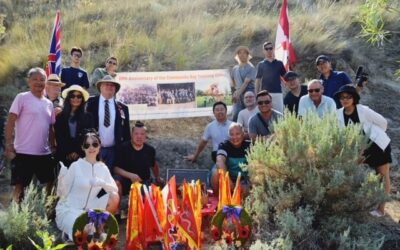As the Canadians advanced into the German trench works on Vimy Ridge on April 9, 1917, the hundreds of metres between the old and new frontline were occupied by parties gathering the wounded, reinforcements moving forward, and other soldiers searching for the enemy amongst the debris of battle such as rifles, machine guns, bags of grenades, ammunition, and much more. For the men of the 54th Canadian Infantry Battalion (Kootenay), this meant ‘consolidation’ of their captured areas for defence against inevitable counter-attack and ‘mopping up’ by hand grenade and bayonet of enemy troops in underground dugouts. Sometimes, the enemy would fire their rifles and then hide or operate salvaged machine guns against Canadian troops in the open.
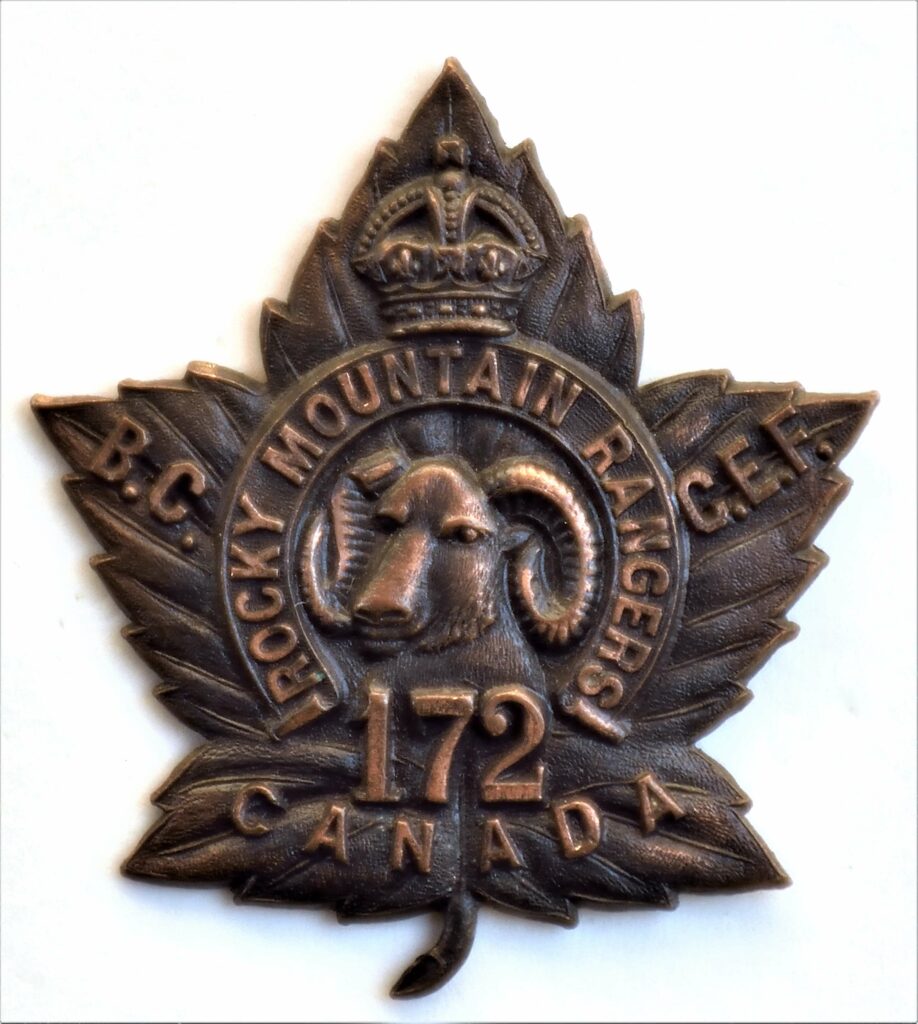
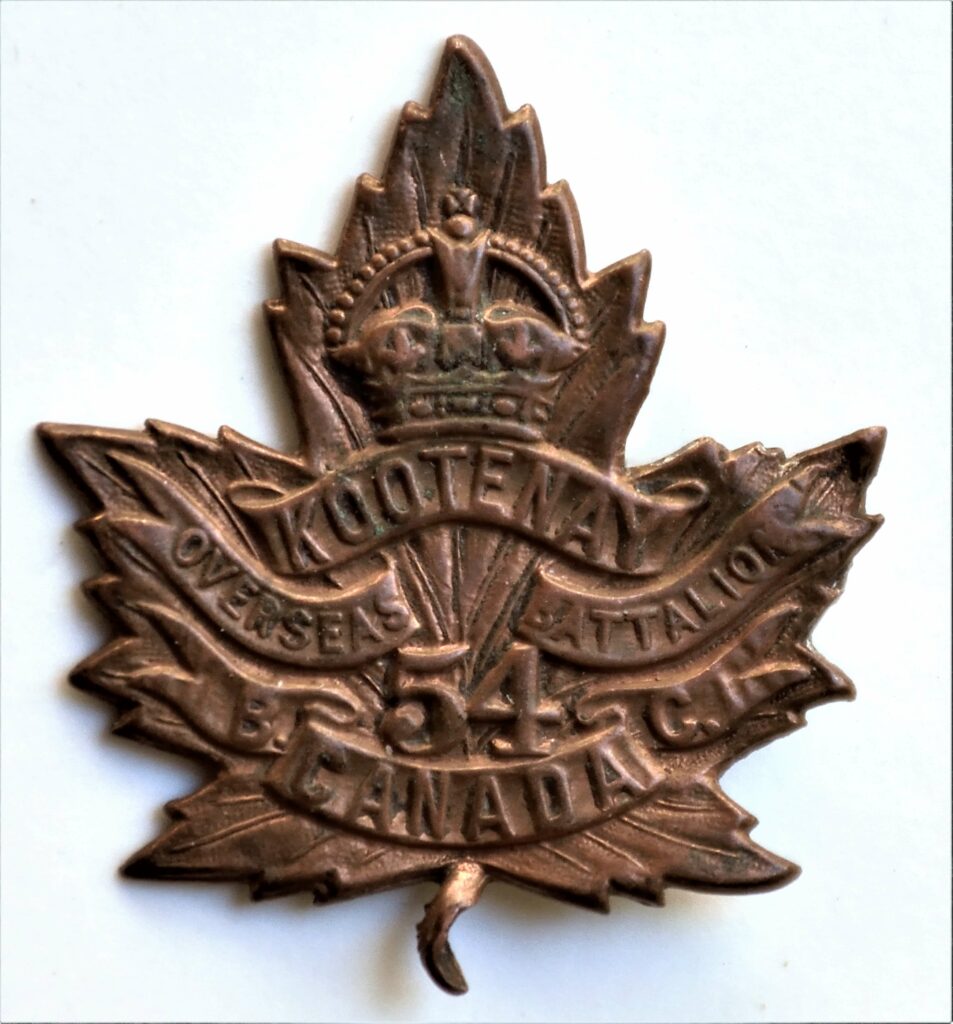
Individual soldiers might encounter a large group of enemy that may, or may not, wish to fight for the Kaiser. Tim Cook describes the options very well in “The Politics of Surrender: Canadian Soldiers and the Killing of Prisoners in the Great War.”1 Private George MacLean was going forward again after taking a wounded officer back to the Regimental Aid Post when he and another man found a large group of Germans in a large dugout. When called to surrender, the other man was shot dead. George threw several hand grenades, called Mills bombs, into the opening of the dugout, causing chaos in the tight space below. When he paused to assess the destruction, the Sergeant-Major in command of the Germans called out in English, “Do not throw the bomb.”
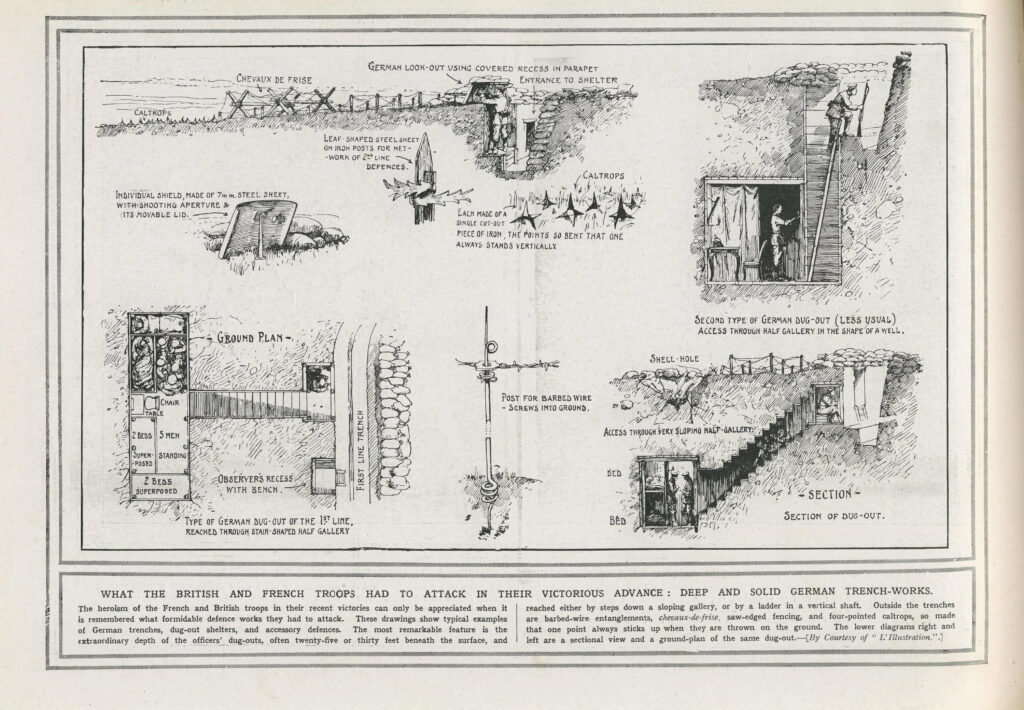
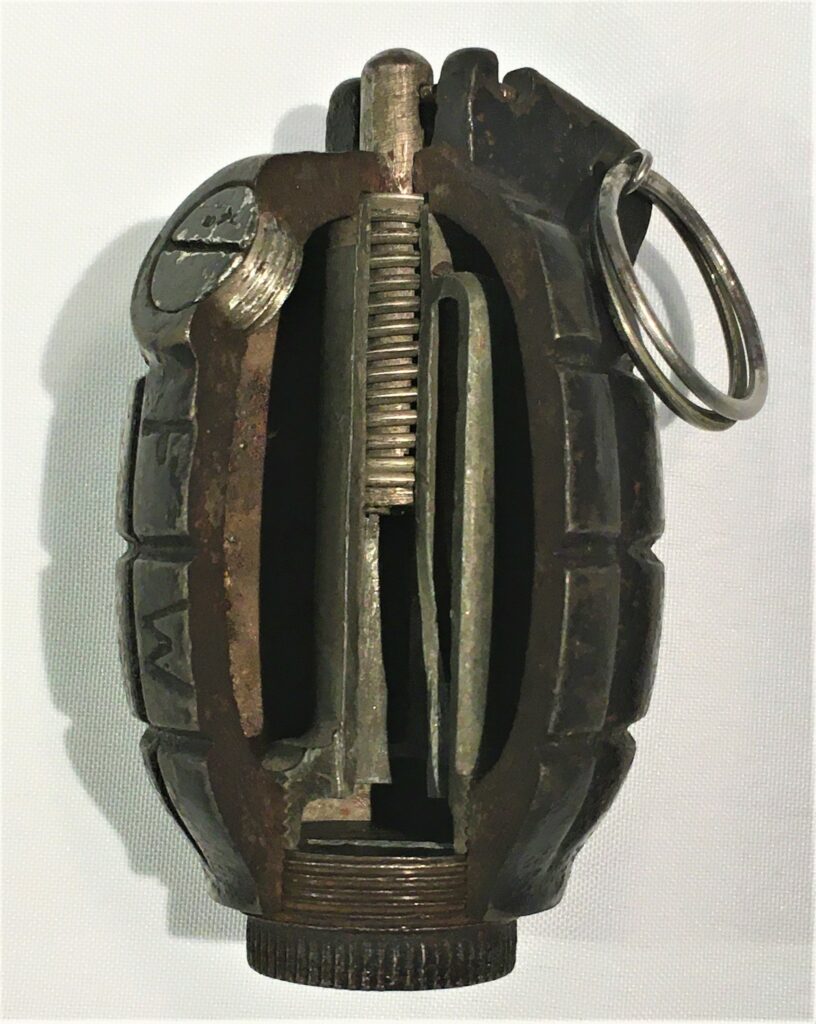
When asked how many Canadian troops were with George, he said, “150 men.” The German ordered his men to surrender and gave George his pistol when he led his men into captivity. This was an example of the ritual of surrendering, of submission, offering trophies like medals and watches, showing pictures of family, anything to show humanity and humility in the hope that the captor will spare their lives. Of course, some prisoners might change their minds when they see just one man with a pistol and the tempting presence of weapons nearby. Still, after surviving grenade blasts in a tight space and other horrors, many would be willing to end their war as a prisoner. It certainly helped that the Sergeant-Major spoke English well, having lived in America and been conscripted when caught up by events while visiting Germany.
In January, George had broken his right collar bone in a fall in the trenches, but he didn’t report it or get first aid but stayed on duty as it healed painfully on its own, as his medical records show. That is probably why George didn’t have a rifle and bayonet with him, just grenades. He used the pistol to escort the 19 prisoners back when he was shot through the left wrist and forearm by another shooter somewhere. Then, he was attacked by some men trying to get a machine gun into operation that would have fired on many more men. George used his pistol and grenades to dispose of this threat while coping with his wounds and watching the prisoners. They then walked off the battlefield and out of the war.
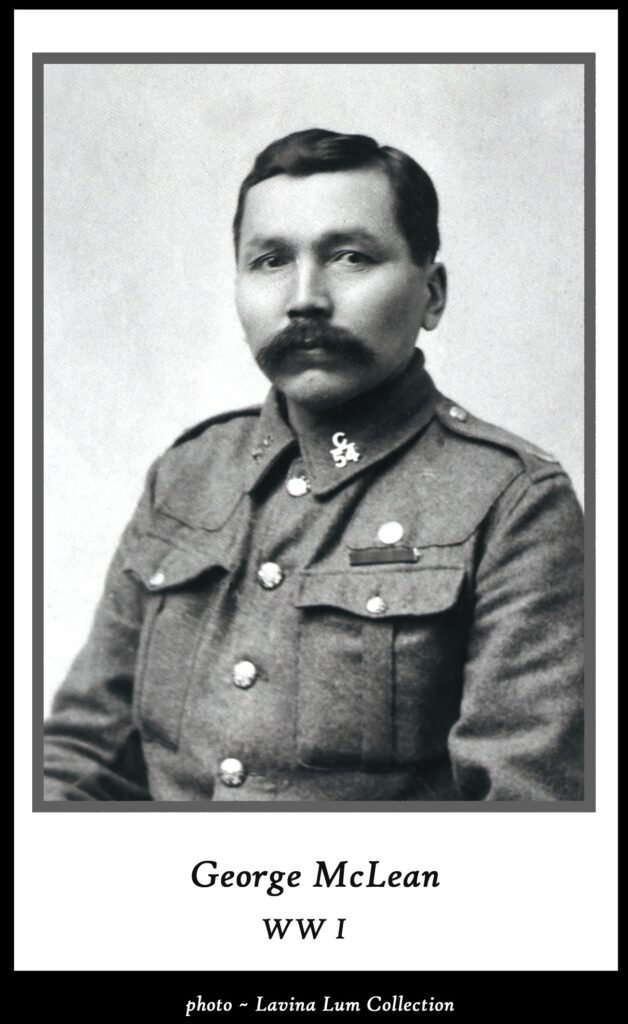
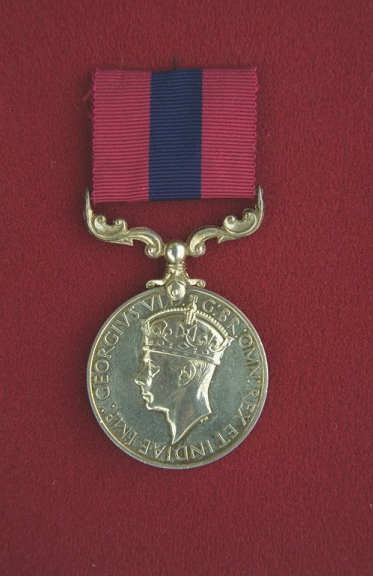
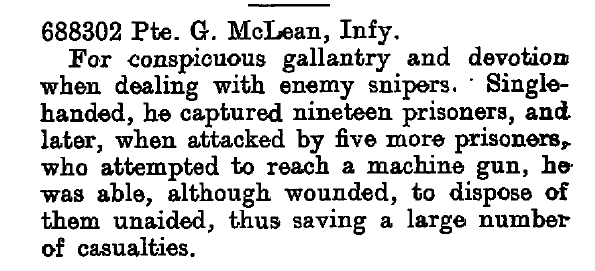
After recovering about 40 % use of his left arm through medical care in England, George was deemed to be ‘medically unfit for further service.” So by June 1918, George, at the age of 44, was a wounded, decorated war hero and veteran of two wars; but back in British Columbia, he was just another ‘Indian.’
- https://web.viu.ca/davies/H355H.Cda.WWI/Cook.PoliticsOfSurrender.pdf | Accessed Feb. 26, 2022
- Illustrated War News Vol 6 Sept 29, 1915, pg. 44 OMM-B-4491E
- BCD-W-539 cut-a-way Mills grenade
- https://www.veterans.gc.ca/eng/remembrance/medals-decorations/details/49 | Accessed Mar. 3, 2022
- London Gazette August 16, 1919, Issue 30234, Supplement pg. 8414

